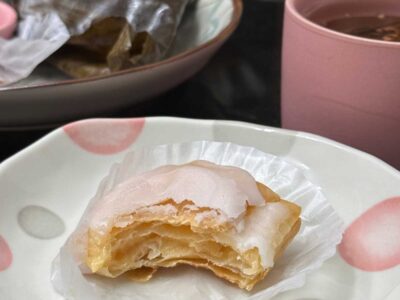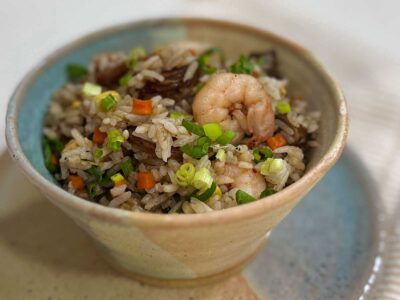Until a few months ago, my older daughter, Sam, was the only one in the family that ever ordered and ate uni sashimi. One time, she offered me a piece, I tasted it, loved it and I’ve been an uni aficionado since.
What’s the uni sashimi experience like? Uni is soft — softer than oysters — and there is really no need to chew it. You pop a piece into your mouth, you squish it between your tongue and the roof of your mouth and let it explode. You swirl the slimy creamy mess around inside your mouth, savoring the inexplicable rich briny-and-subtly-sweet flavor, before swallowing slowly. Uni sashimi is incredibly luscious.
What is uni?
“Uni” is the Japanese name for the edible part of the sea urchin. But it isn’t only in Japan where sea urchins are treasured. They are also a prized delicacy in the Mediterranean region, in the Pacific and even as far north as Norway and Alaska. They are called ricci in Italy where they are often cooked with pasta and they have been part of the Chilean diet for centuries.
Which part of the sea urchin becomes uni sashimi?
To fully appreciate the answer to that question, it is important to understand the biological makeup of the sea urchin.
The sea urchin is a dioecious animal — meaning, there are separate male and female sexes. Inside and out, however, male and female sea urchins look alike.

Inside the spiky covering are the gonads (reproductive organs) which may number from two to five depending on the species. Male sea urchins produce sperms inside the gonads; females produce eggs. In other words, the gonads are either the testicles or the ovaries, depending on the sex of the sea urchin.
Sea urchins reproduce by external fertilization — the females release the eggs into the sea, the males release their sperms and when egg and sperm meet in the water, it undergoes fertilization.
Contrary to popular belief, the edible part of the sea urchin is not these fertilized eggs but the gonads themselves — the testicles of the male or the ovaries of the female — that are pried from inside the shells. All the gonads rest on the walls of the sea urchin’s shell and since the shell has to be cut to reveal them, knowing which side to cut takes experience and skill because cutting the wrong side may mean losing the precious gonads in the process.
The guy in the video above has some practical tips for cracking the sea urchin shell open — just ignore his references to the “roe” because that’s not roe that he’s trying to take out of the shell. They’re gonads, okay? The color of the gonads can be anywhere from yellow to orange.
Now that you know what uni is, stop referring to the delicacy as the roe or eggs of the sea urchin. Remember — gonads, not roe. Gonads — testicles and ovaries, not eggs.







